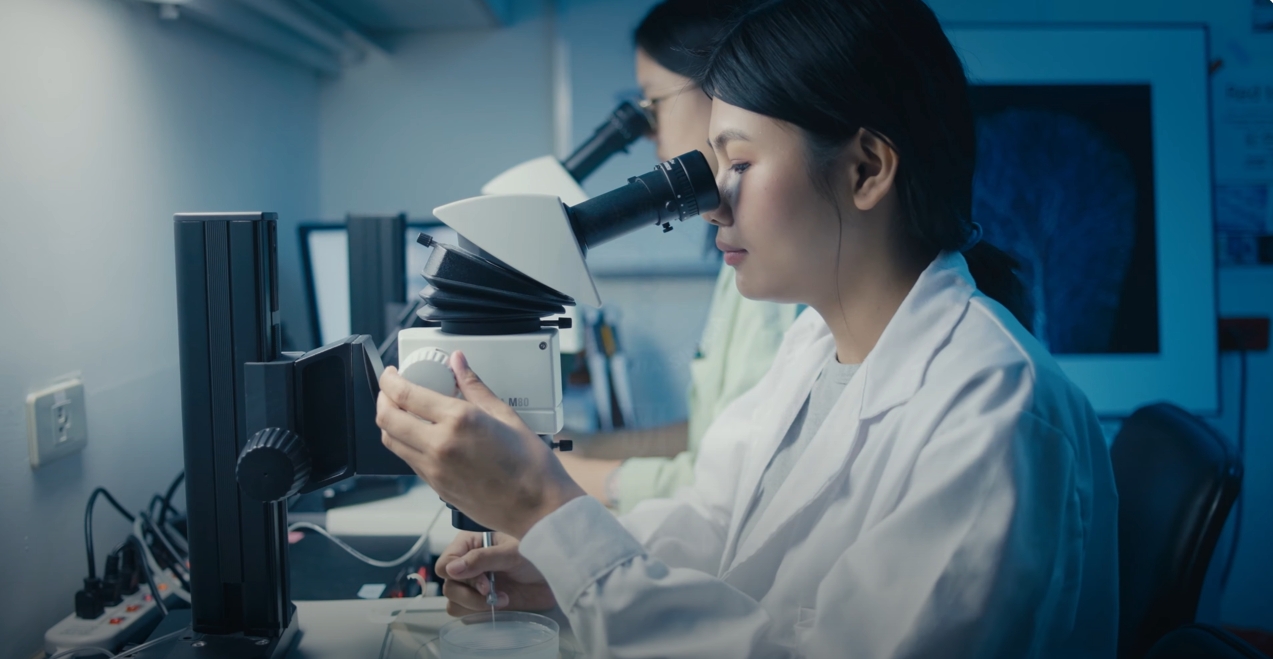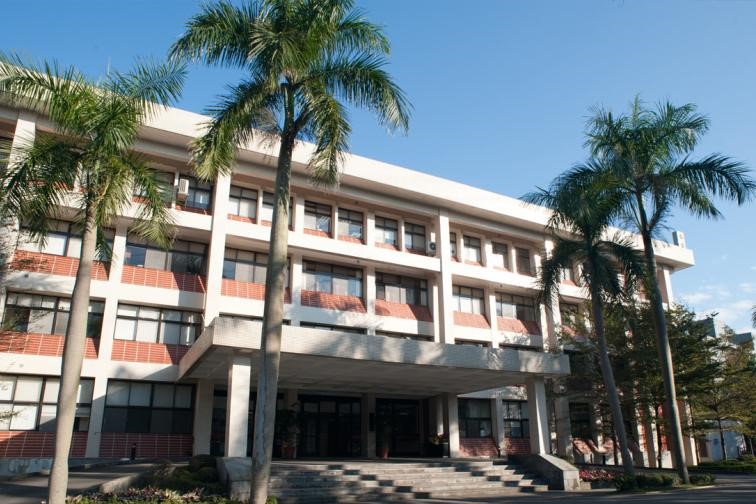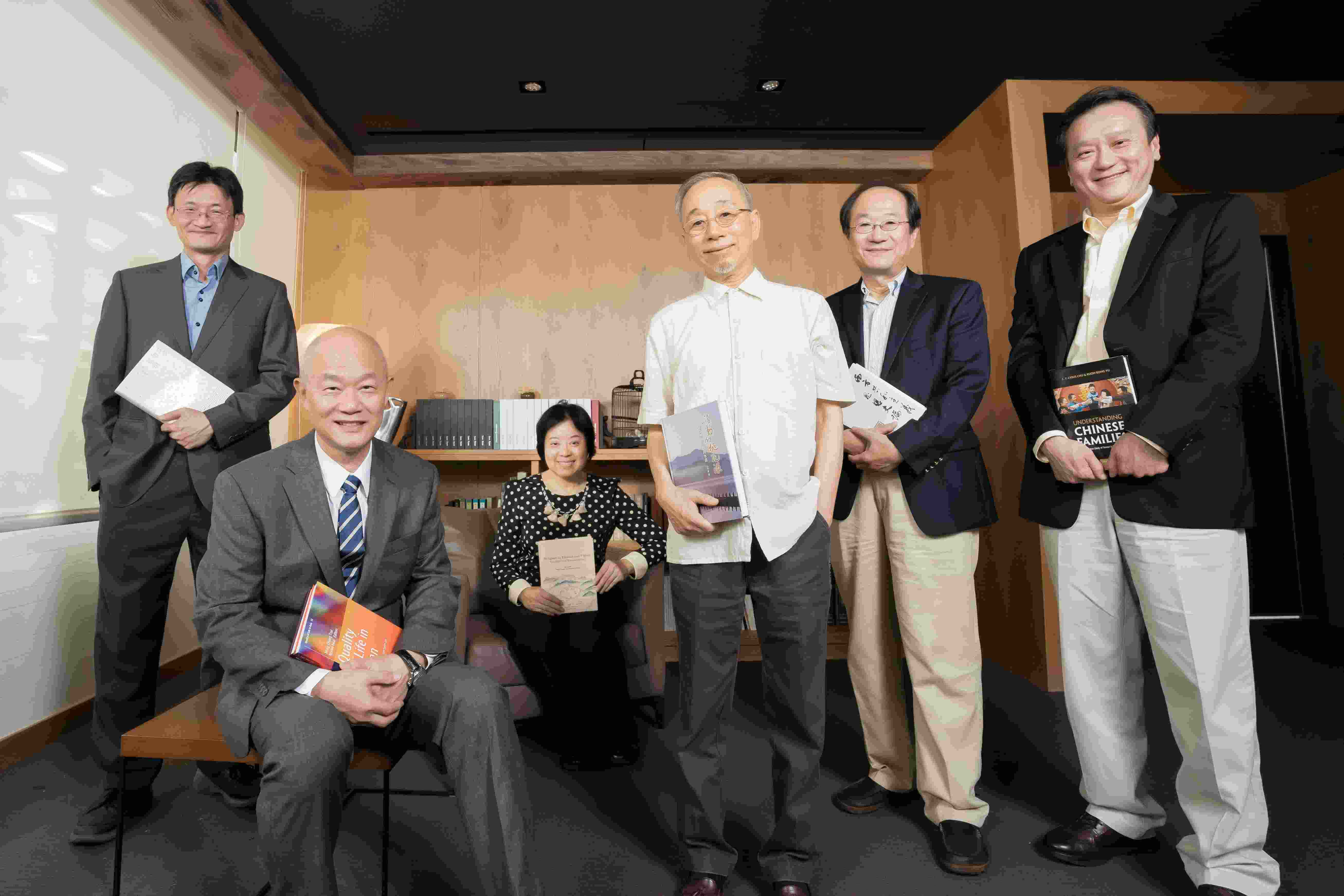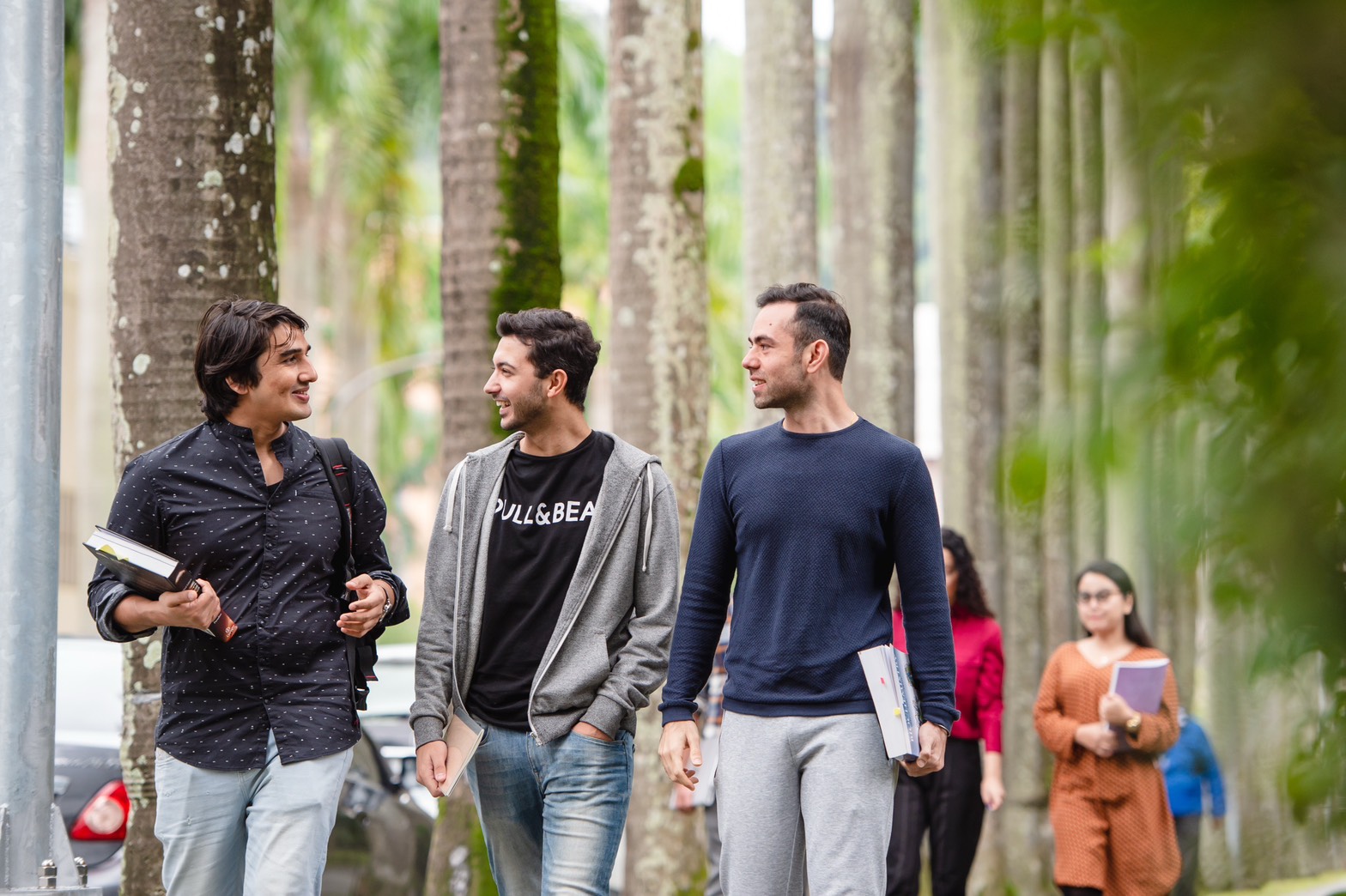- 演講或講座
- 生物多樣性研究中心
- 地點
跨領域科技研究大樓1樓演講廳
- 演講人姓名
Dr. David Boufford (Harvard University)
- 活動狀態
確定
- 活動網址
Abstract
The study of natural history arrived rather late at Harvard University, in 1805, 169 years after the founding of the university. It was another 37 years before there was a herbarium and botanical library associated with the university, although both, until 1866, were the personal property of Asa Gray, Harvard's first professor of Natural History. Gray promoted exploration and was the central figure in botanical research in North America in the middle 1800s. Specimens were sent to him from all of the areas being explored in western North America, the Pacific Region and even Japan after it opened to the West. Gray was followed by others who were equally dedicated to building the herbarium exploring new places and preparing floristic accounts. Today the herbarium contains around 5.4 million specimens, and about 4 million of vascular plants. Over the past 20 years, as molecular biology has become dominant, collecting has slowed, the preparation of monographs and revisions has nearly stopped and emphasis has now been focused on using material from those collections in molecular studies. Right now, 'the herbarium,' not only at Harvard, but in many places, is in a state of transition and it is not clear how such a valuable resource will be used in the future.
~歡迎踴躍參加~Welcome your participation~









 首頁
首頁

